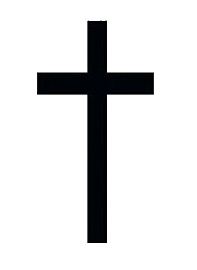
In this setting, Christianity is true, and many major players are Christian or otherwise Abrahamic, so how the Church interacts with the Sundering is important.
There are plenty of esoteric Protestants, even entire Sundered denominations, but they tend not to have large and widespread organizations. It is otherwise with the Catholic churches.
All of them admit duly baptized and confessing fays, though most fays are not big church-goers unless there's a celebration involved. None of the churches are okay with mortals deliberately turning fay. You're supposed to go to heaven, and if you don't think that's likely, fix that.
They all recognize one another's saints, for the most part, and (reluctantly) recognize one another's sacraments.

There is no separate organizational structure, merely Sundered Roman Catholics who know Sundered priests to resort to, who in turn know Sundered bishops. This leads to a covert, thinly spread "shadow hierarchy."
The way it works is that, generally, a Sundered Roman Catholic goes to a normal, prosaic church, but if they have esoteric problems, they resort to "Father Brendan, who knows how to take care of things," or something like that. Fr. Brendan, in turn, usually just works for a normal prosaic bishop, but if things get weird knows he can turn to Bishop Ambrose "who knows about these things."

They are likewise just salted in among the local Orthodox. Again, there is an esoteric network of Sundered priests and bishops, "handling" things for their flocks, in parallel with the prosaic diocese system.
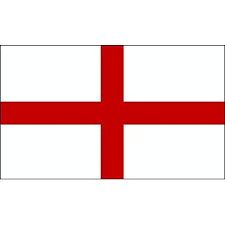
Most Sundered Anglicans just attend one of the churches of the Anglican Communion, but the ones who are Grand Norman subjects are supposed to go to churches run by priests who are under the jurisdiction of "the Grand Norman Council of Bishops of the Anglican Communion," founded 1803, which is, like, five guys. Married clergy, celibate monastics, divorce allowed, and even female priests, which they got to sooner than the prosaic Anglicans, what with the Avignese looming over them for so long.
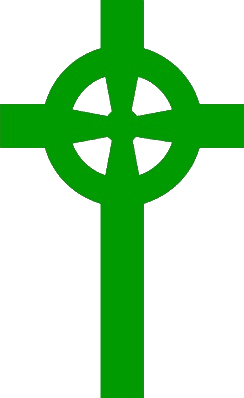
The Celtic Church formed gradually over the seventh and eighth centuries. It has a theoretical, lip-service allegiance to the papacy, but not going so far as to actually obey it. It has married clergy and monastics, and hereditary monasticism and priesthoods. Abbots and bishops are elected. There is no female clergy, but abbesses are just as powerful as abbots or bishops. It exhibits a systematic resistance to any developments in doctrine or discipline that centralize power with Rome. It features long or even life-long pilgrimages as a personal religious practice, so that Celtic Catholic pilgrims have cropped up in some very surprising places.
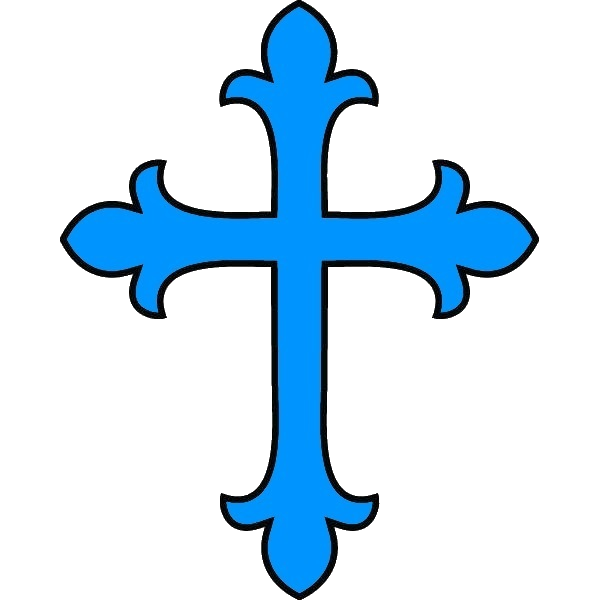
The Avignese Church was founded in 1417. It has its own hierarchy and its own pope, allows female priests (and has even had a female pope), and married clergy—all tactics of desperation adopted when it was near extinction—but monastics are celibate. Doctrinally, it has not acquired much of the body of teaching subsequent to the Great Schism. It is the state religion of Old Christendom, is closely allied with Grand Normandy, and would like to be their state religion too, but the Grand Norman crown finds it too useful to be able to play it off against the other forms of esoteric Catholicism.
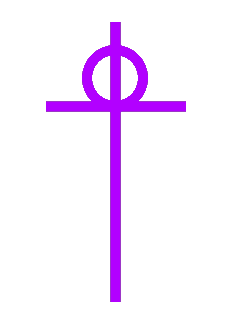
The Western Catholic Church is basically the same organization as Eastern Orthodoxy but theoretically submits to the Patriarchate as a whole, i.e. the pope plus the other patriarchs, and doctrinally follows only what they all agree on, i.e. the intersection of Latin and Greek doctrine. Bishops are elected by the Council of Bishops. They have married clergy but not married bishops or monastics. An abbess is a match for a bishop.
Return to Cryptic Nations
Return to Inkliverse
Return to Wind Off the Hilltop
Copyright © Earl Wajenberg, 2018